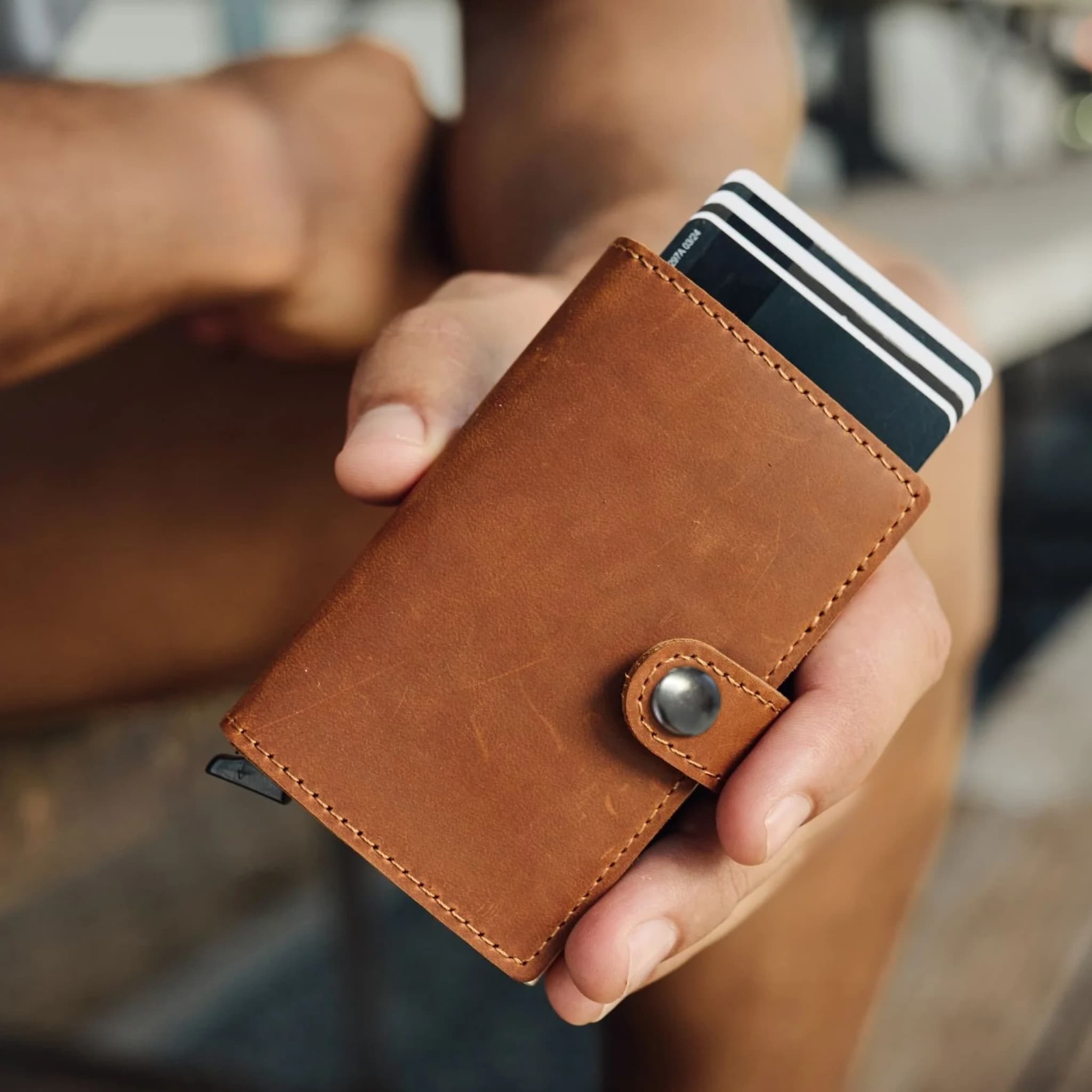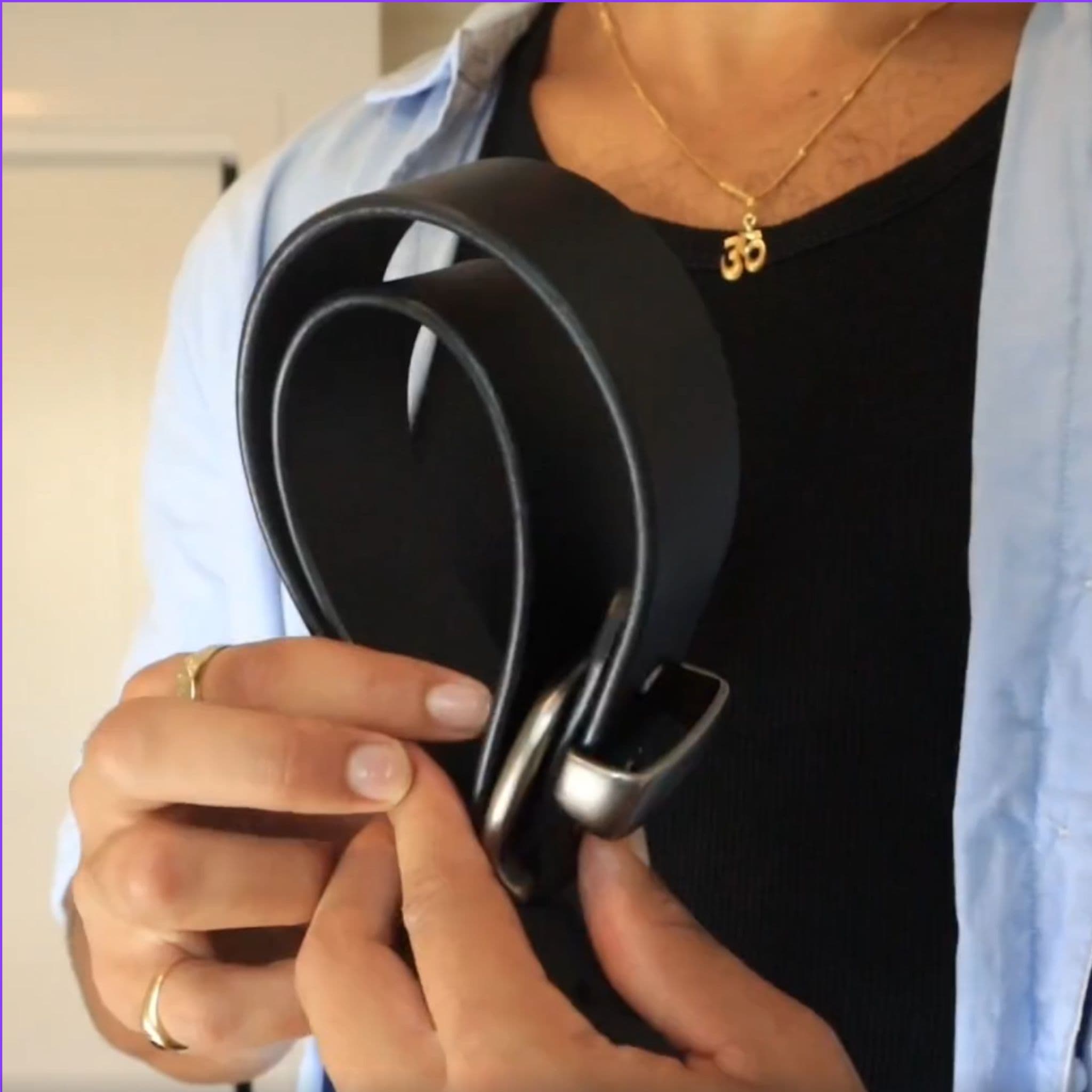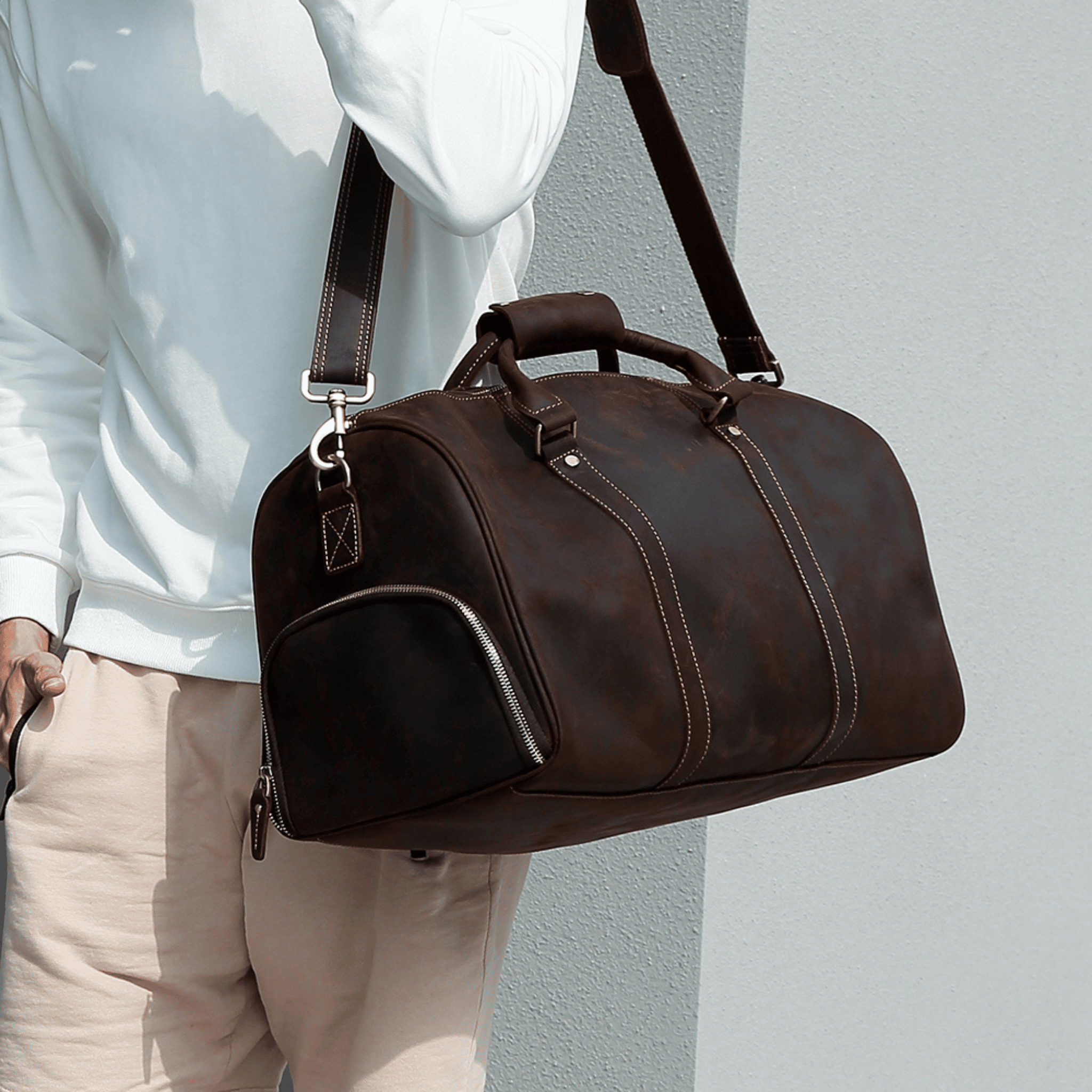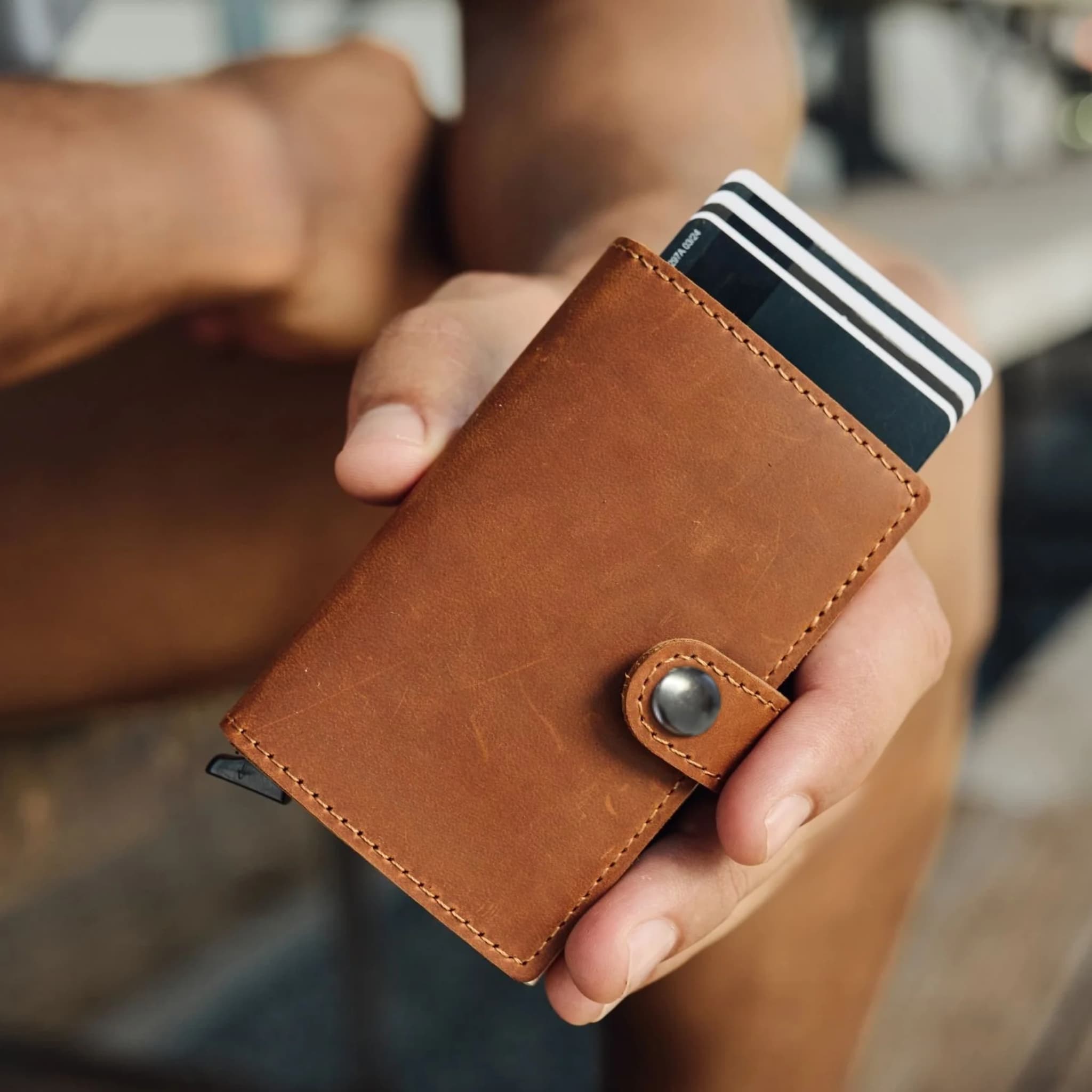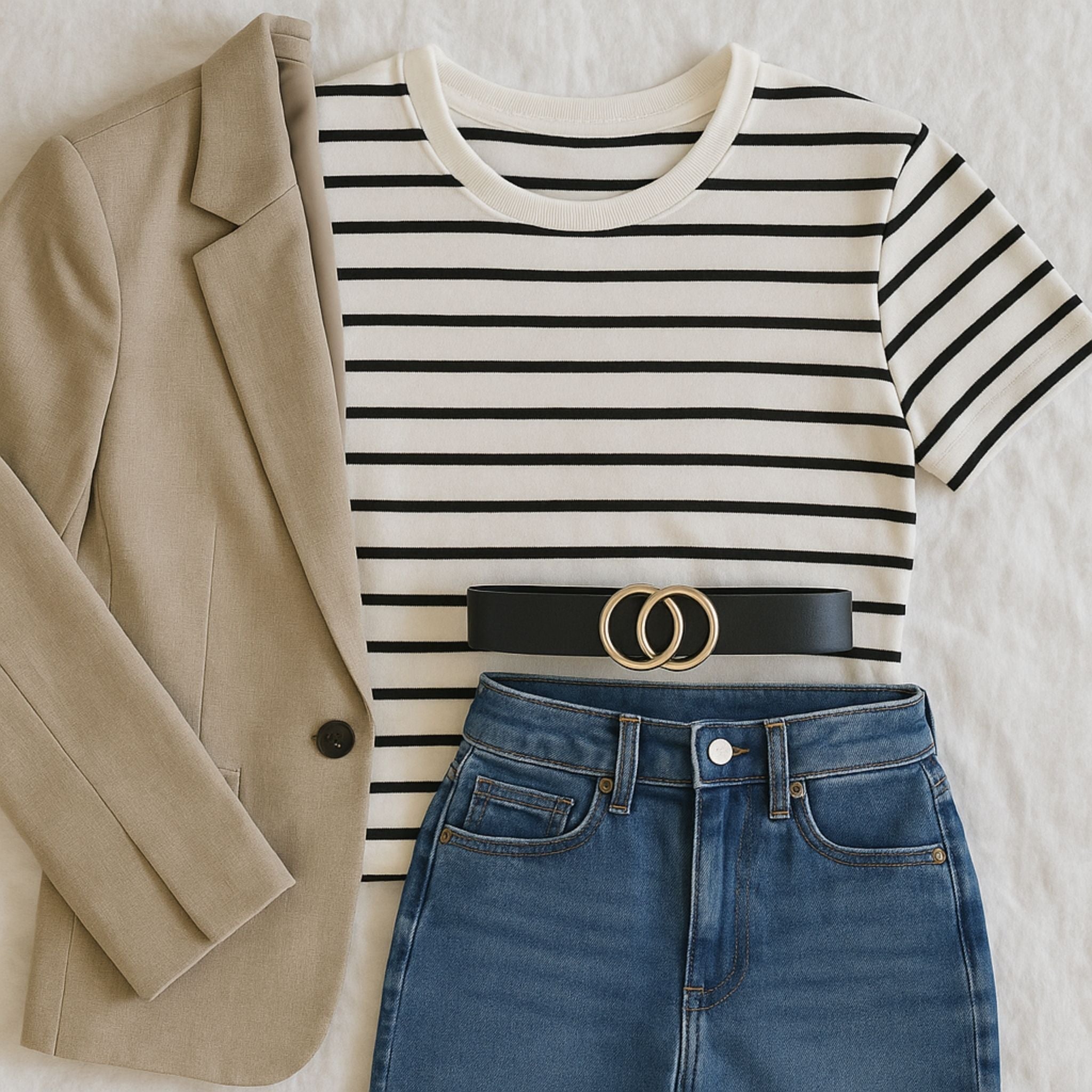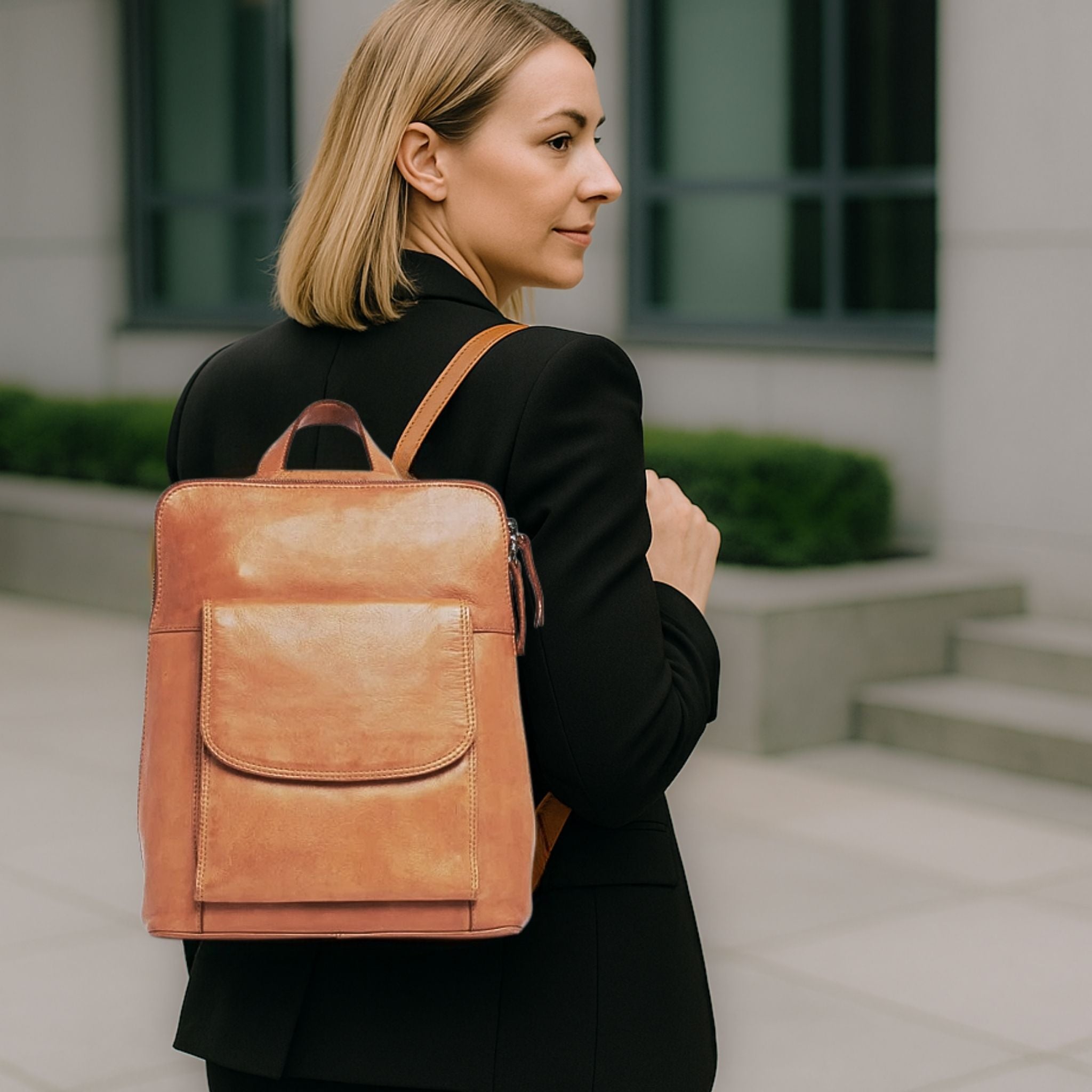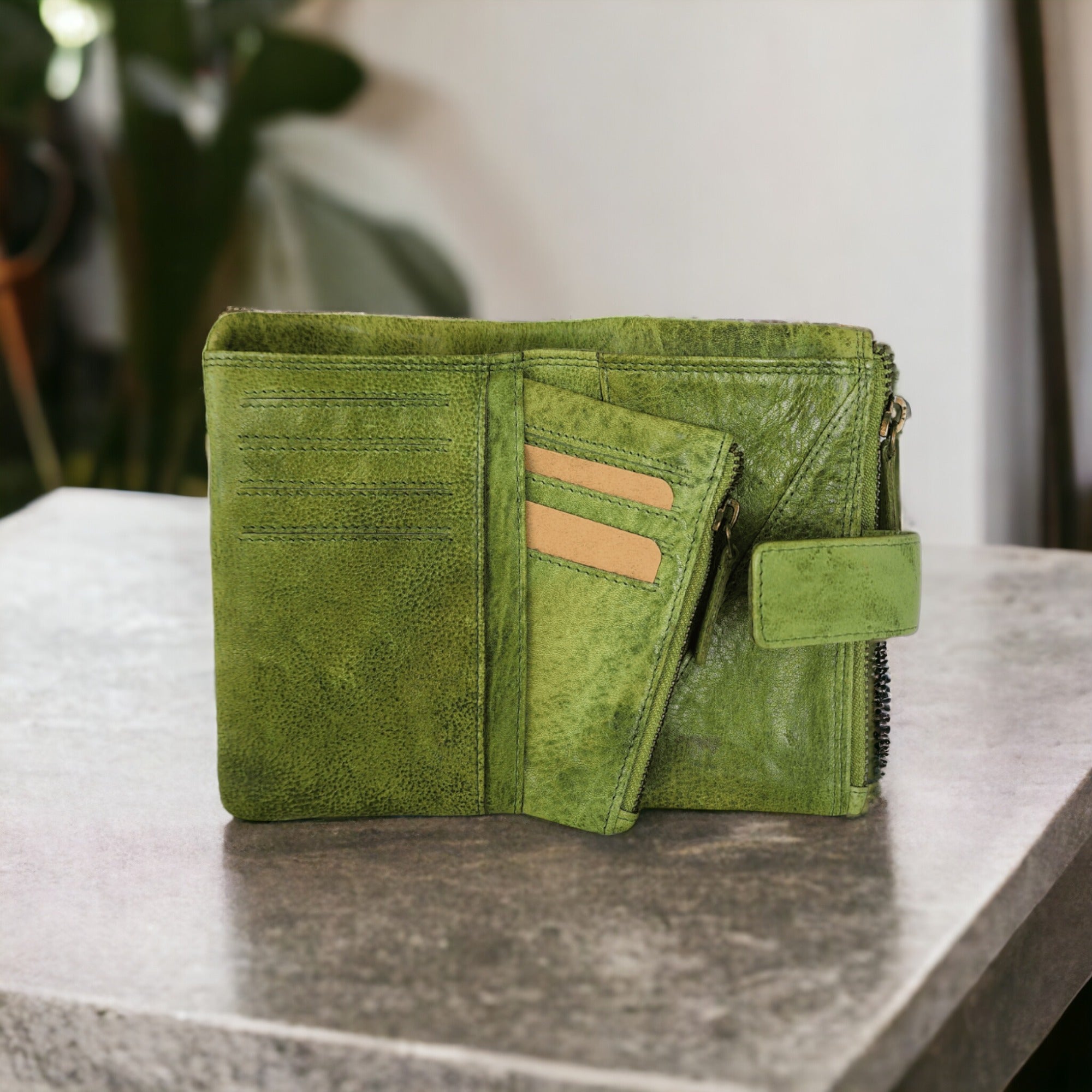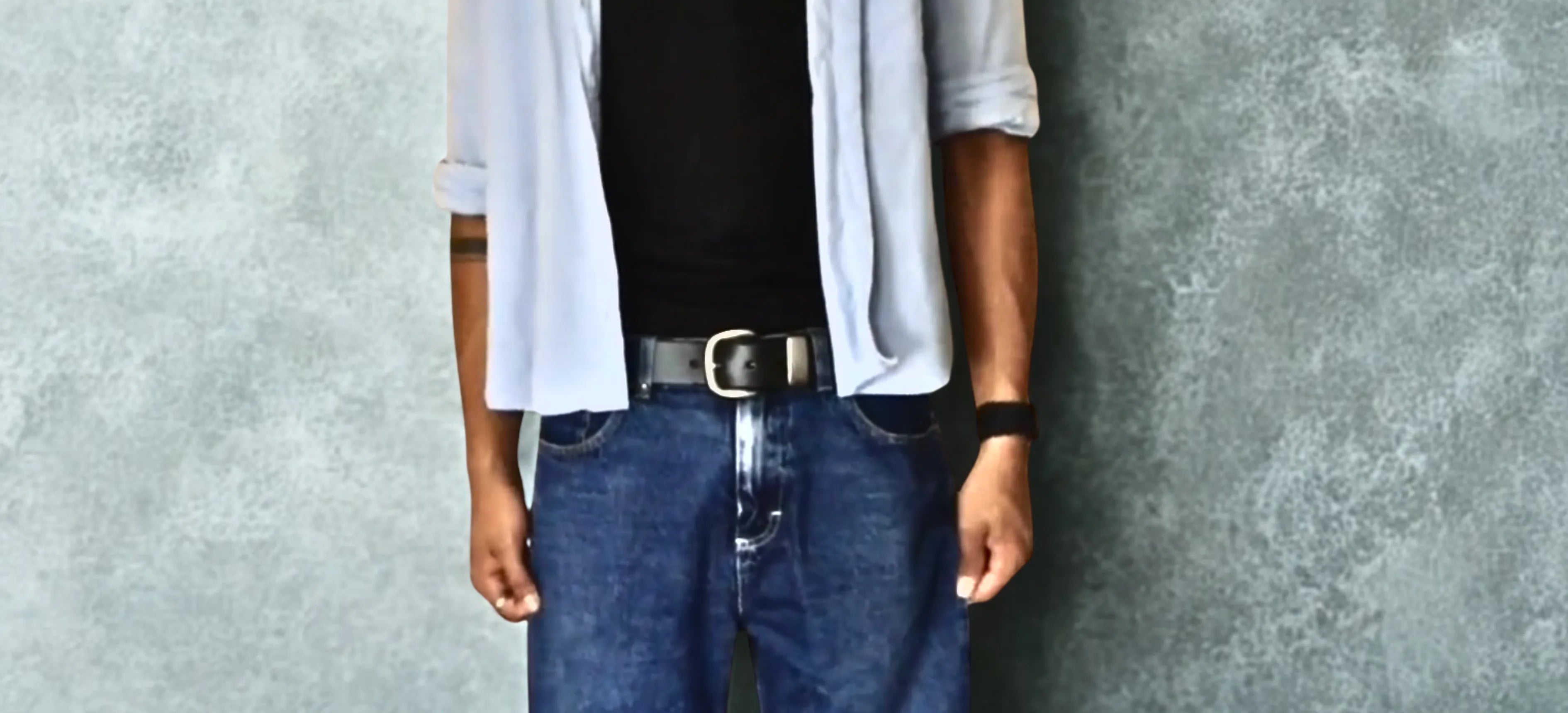If you’ve ever bought a belt online and found it just a bit too long or short, you’re not alone. Unfortunately, every maker seems to have a slightly different idea of how to measure a belt. At BeltUp Leather Co., our goal as a Brisbane leather shop is to take the guesswork out of belt sizing once and for all.
Whether you’re buying a belt for yourself or as a gift, getting the right size makes all the difference — not just in comfort, but in how the belt sits on your waist and completes your outfit.
The Most Common Belt Measuring Standard
The most popular and widely accepted method for sizing a belt is to measure from the bottom of the buckle (where it joins the leather) to the third hole on the belt.
This “third hole rule” gives you flexibility — it places your current fit in the middle of the size range, allowing a full size up or down for small waist fluctuations. It also ensures the belt tip neatly finishes just past the first loop of your pants, which is the sweet spot for both comfort and appearance.

3 Easy Ways to Measure for Your Belt Size
There are three reliable methods to determine your ideal belt size — ranked from most accurate to least.
1. Best Practice: Measure Your Waist with a Dressmaker’s Tape
The gold standard for belt sizing is to measure your waist directly using a dressmaker’s tape (a soft, flexible fabric tape). Wrap it around your waist where you normally wear your belt — through the loops of your pants — and record the measurement in inches.
✅ That number is your belt size.
If you measure 36 inches around your waist, you should order a 36” belt.

2. Second Best: Measure Your Existing Belt
If you already have a belt that fits perfectly, measure it to confirm your correct size.
Lay it flat on a table and measure from the bottom of the buckle to the hole you currently use most often.
✅ That measurement equals your new belt size.
This method works especially well if you’ve worn the belt for a while and know exactly which hole feels best.

3. The “Best Guess” Method: Add 2 Inches to Your Pant Size
If you don’t have a tape handy, there’s a simple rule of thumb:
Take your pant waist size and add 2 inches.
For example:
~ If you wear size 34” pants, order a 36” belt.
~ If you wear size 32” pants, order a 34” belt.
This method is less precise (since pant sizes vary by brand and fit), but it’s a decent starting point — especially if you’re buying a gift belt from a leather belt shop.

Why We Still Use Inches for Belt Sizing in Australia
Even though Australia officially uses the metric system, belts (and clothing) are often still measured in inches. Why?
Because most belt patterns, leather cutting dies, and international size charts — especially those from Europe and the U.S. — are traditionally designed in inches.
Inches offer finer increments and have become a global industry standard for leather belts. Switching to centimetres could cause confusion across brands and imports.
So, while you’ll see your waist measured in centimetres on jeans tags, belt sizing stays in inches to match industry convention.
Men’s, Women’s & Children’s Belt Sizing Charts
Sizing can differ slightly between men’s, women’s, and children’s belts. Use these charts as a guide when ordering from our Brisbane leather shop.
👔 Men’s Belt Size Chart
| Pant Size (inches) | Recommended Belt Size | Metric Equivalent (approx.) |
|---|---|---|
| 30" | 32" | 81cm |
| 32" | 34" | 86cm |
| 34" | 36" | 91cm |
| 36" | 38" | 97cm |
| 38" | 40" | 102cm |
| 40" | 42" | 107cm |
(Shop Men's Belts)
👠 Women’s Belt Size Chart
| Jeans Size | Recommended Belt Size | Metric Equivalent (approx.) |
|---|---|---|
| 6–8 | 30" | 76cm |
| 10–12 | 32" | 81cm |
| 14–16 | 34" | 86cm |
| 18–20 | 36" | 91cm |
| 22+ | 38" | 97cm |
(Shop Women's Belts)
🧒 Children’s Belt Size Chart
| Age Range | Recommended Belt Size | Notes |
|---|---|---|
| 4–6 years | 22"–24" | Ideal for toddlers or early school age |
| 7–9 years | 26"–28" | Mid-primary ages |
| 10–12 years | 30" | Often fits smaller teens |
| Teen (13–15) | 32" | Adult Small range |
(Shop Children's Belts)
➕ Plus Size Belt Chart
| Pant Size (inches) | Recommended Belt Size | Metric Equivalent (approx.) |
|---|---|---|
| 46" | 48" | 122cm |
| 48" | 50" | 127cm |
| 50" | 52" | 132cm |
| 52" | 54" | 137cm |
| 54" | 56" | 142cm |
| 56" | 58" | 147cm |
| 58" | 60" | 152cm |
| 60" | 62" | 157cm |
| 62" | 64" | 163cm |
| 64" | 66" | 168cm |
| 66" | 68" | 173cm |
| 68" | 70" | 178cm |
(Shop Plus Size Belts)
Final Tips for the Perfect Fit
~ Always check the maker’s belt sizing chart — not all brands measure the same way.
~ If your measurement falls between sizes, size up for comfort.
~ Consider where you wear your belt: lower on the hips for jeans, or higher on the waist for dress pants.
BeltUp Leather Co. – Your Brisbane Leather Specialists
At BeltUp Leather Co., every belt is crafted with precision and designed to last a lifetime. Whether you’re after a classic dress belt, a rugged everyday belt, or a custom-made piece, we’ll make sure it fits perfectly.
If you’re local to Brisbane, drop by our DFO workshop for a free belt fitting — or use our online guide to find your perfect size before you order.
Continue reading more:
Plus Size Leather Belts – Quality, Comfort & Style for Every Waist Size
